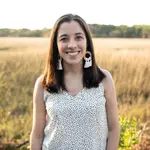Sarah McLachlan launched Lilith Fair out of frustration with the male-dominated music industry — and it quickly sold out venues across the U.S. and Canada.
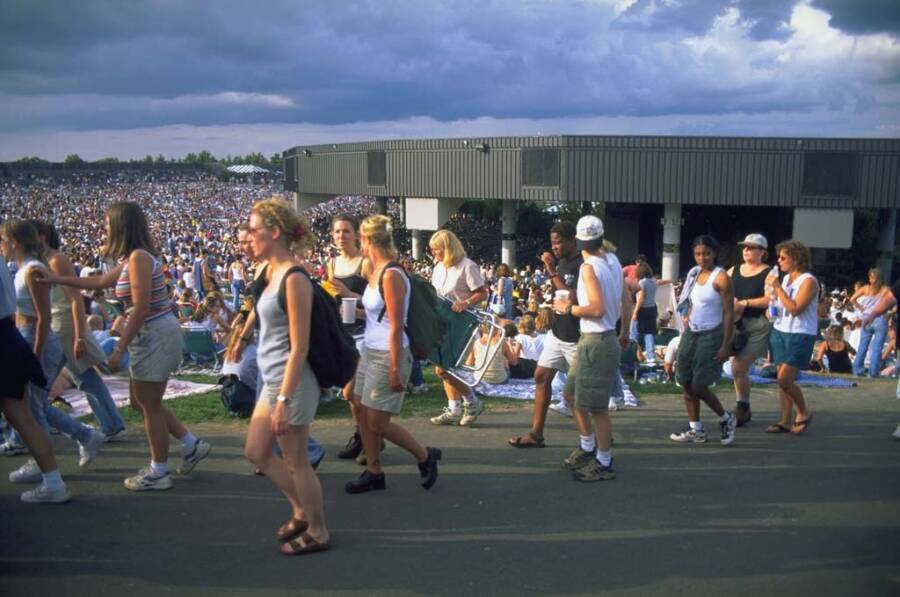
Jason Philbrook/Wikimedia CommonsLilith Fair ran for three consecutive years in the 1990s and featured all female artists.
Lilith Fair, a touring music festival that traveled across the United States and Canada for three summers between 1997 and 1999, was similar to other festivals in many regards. There were massive crowds, multiple stages, and artists who ranged from world-famous to virtually unheard of.
However, there was one aspect of Lilith Fair that was incredibly unique: Every single performer was a woman.
The all-female festival made waves at a time when music industry executives didn’t believe that female artists could sell tickets. In fact, Canadian singer Sarah McLachlan came up with the idea for Lilith Fair after she was told that concert lineups and radio stations wouldn’t feature two women back-to-back because it wasn’t profitable.
Lilith Fair quickly proved these assumptions wrong. It was the top-grossing touring festival in 1997, selling out most of its venues. And over its three-year run, it brought in tens of millions of dollars and launched the careers of women who went on to become some of the biggest names in the music industry.
The Spiteful Origins Of Lilith Fair
Sarah McLachlan conceived the idea of Lilith Fair in 1996 after she became frustrated with sexism in the entertainment industry. Executives told her that more than one female headliner wasn’t good for ticket sales, even after she’d sold more than 2.8 million albums.
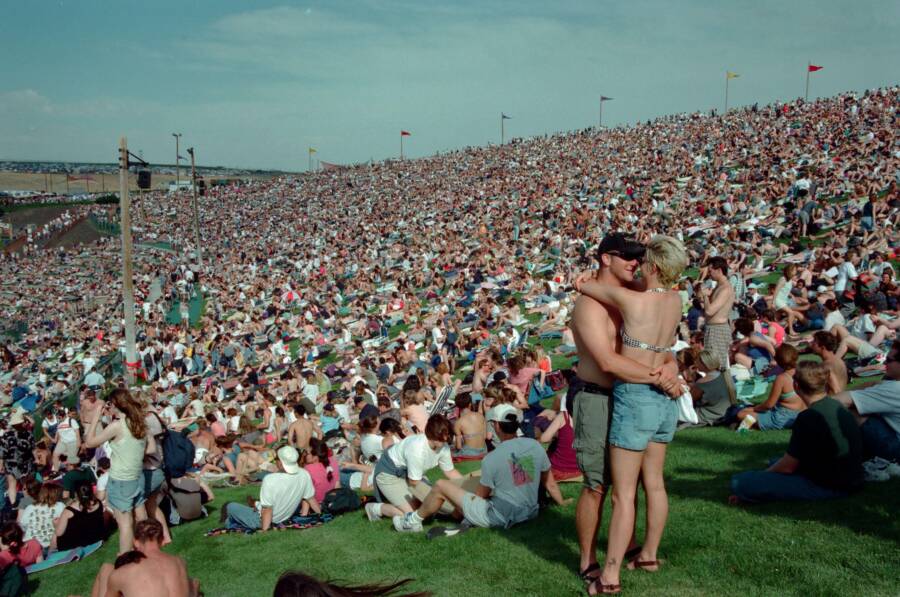
Doug Wilson / Alamy Stock PhotoThe massive crowd at Lilith Fair during its stop at the Gorge in Washington State. 1997.
As McLachlan told NPR in 2022, “I’d walk in and do an interview and they said, ‘Well, we’d love to add this song but we can’t add you this week because we had a Tori Amos or because we added Tracy Chapman or because we added Sinéad O’Connor. And it was extremely frustrating.”
“So the beginning of this was just born out of the desire to come together as a community,” McLachlan continued. “And it became this — we’re going to break down some barriers. We’re going to prove these guys wrong.”
McLachlan knew her experience wasn’t isolated, so she brought together dozens of other female bands and performers to put on a festival that would show that women could sell tickets — millions of them.
McLachlan and her co-organizers chose a name fitting of a festival born out of resistance. It was called Lilith Fair after the mythological figure who was said to be Adam’s first wife but refused to submit to him.
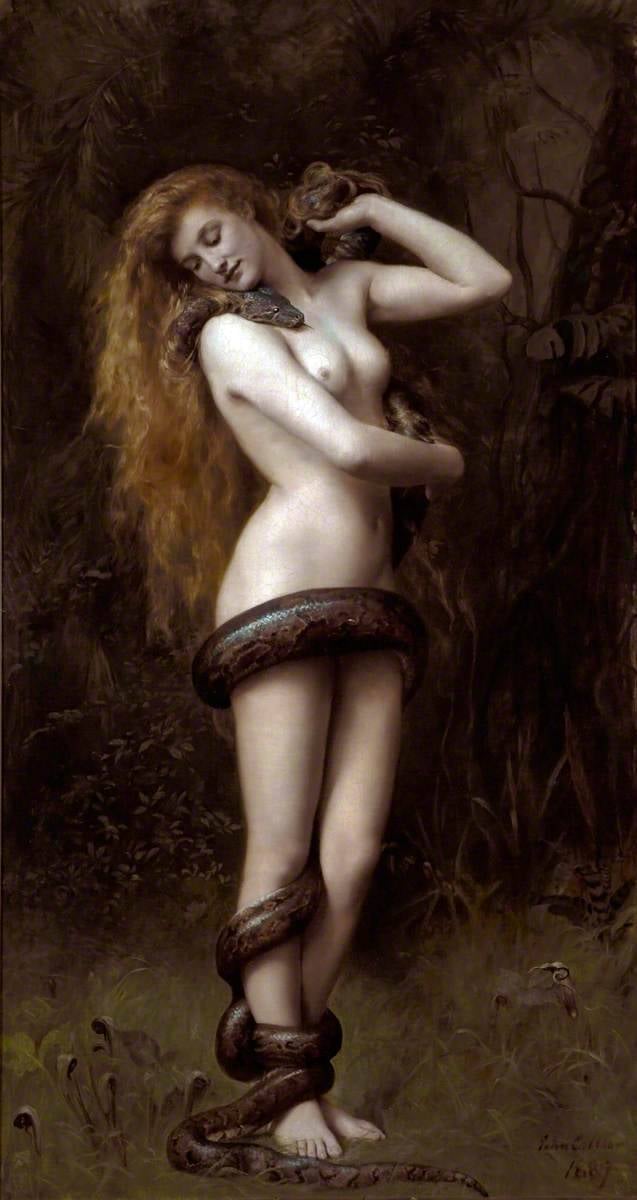
Public DomainJohn Collier’s 1887 painting of Lilith, the rebellious woman after which Lilith Fair was named.
The first year was a smashing success. Lilith Fair sold out almost every single show and brought in over $16 million, becoming the top-earning touring festival and even beating out Lollapalooza in ticket sales and crowd sizes.
Lilith Fair visited 37 cities in its first year, with its main stage acts including artists like Fiona Apple, Tracy Chapman, Sheryl Crow, the Indigo Girls, and Jewel. It was so successful that organizers decided to run it again the following year. But despite the festival’s accomplishments, it still faced plenty of criticism.
The Return Of The Groundbreaking Festival
Lilith Fair quickly became a target for misogynistic comments, as well as some not-so-tactful jokes. It was dubbed “Lesbopalooza,” and the artists who performed onstage were called out for their “mom music.”
However, amongst the tasteless remarks were legitimate critiques, like how the ’97 lineup lacked diversity. So, organizers worked to increase the number of artists of color for the ’98 tour, securing singers like Queen Latifah, Erykah Badu, and Missy Elliot.
In fact, Lilith Fair marked Missy Elliot’s first live performance. The festival also furthered the careers of up-and-coming artists like Dido, Nelly Furtado, and Christina Aguilera.
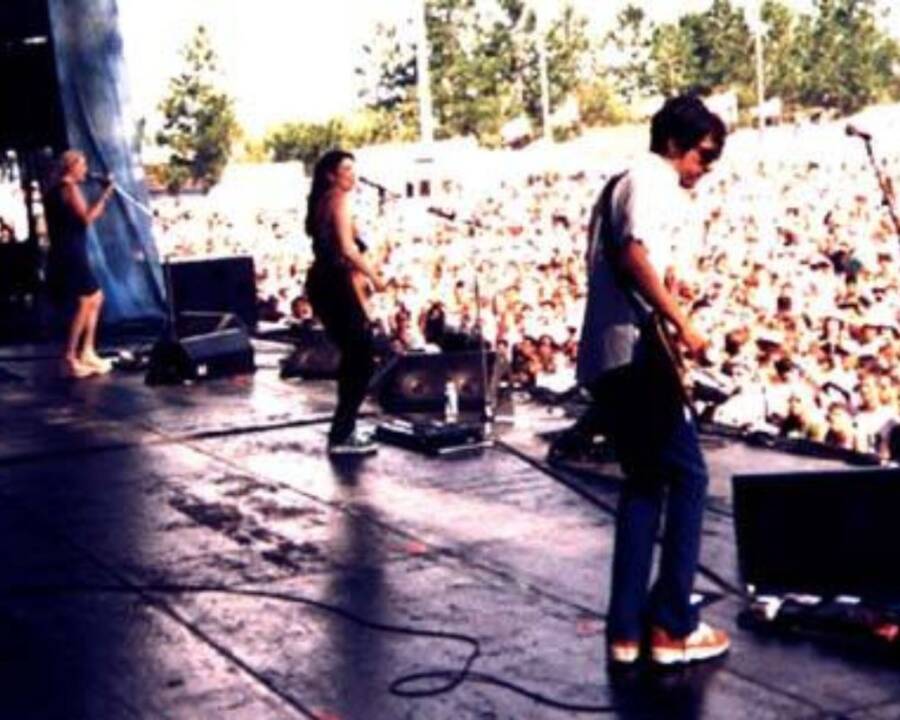
HollenbeckTAH/Wikimedia CommonsElisabeth Carlisle and Meredith Brooks onstage at Lilith Fair 1999.
The women who were part of Lilith Fair knew that it was something special. Meshell Ndegeocello, who was part of the 1998 lineup, told NPR, “I was able to see people I admired but cherished in a way that had a musical connection to me that was uplifting and healing. And I think I flourished as a musician because I was out of the male gaze.”
Unfortunately, Lilith Fair’s third run in 1999 would be the festival’s last until its brief 2010 revival. It wasn’t for a lack of success — McLachlan was simply exhausted. Several big milestones were happening in both her personal and professional lives: She got married, released albums, and was getting ready to go on her own tour. She simply no longer had the time to put Lilith Fair together.
However, the festival’s legacy endured, both for the fans who attended and the artists who performed.
Lilith Fair Still Serves As An Inspiration Today
Over its three-year run, Lilith Fair had become a special space for female artists. As Sarah McLachlan told the CBC in 1997, “I certainly believe that this is going to blow a lot of old myths out of the water. We’ve had, in the past, really stupid old rules applying to women in music. You can’t play two women back-to-back on the radio. You can’t put two women on the same bill. Well, promoters are no longer going to be able to say that to any artist, because we’ve proved that it is successful and it can be done.”
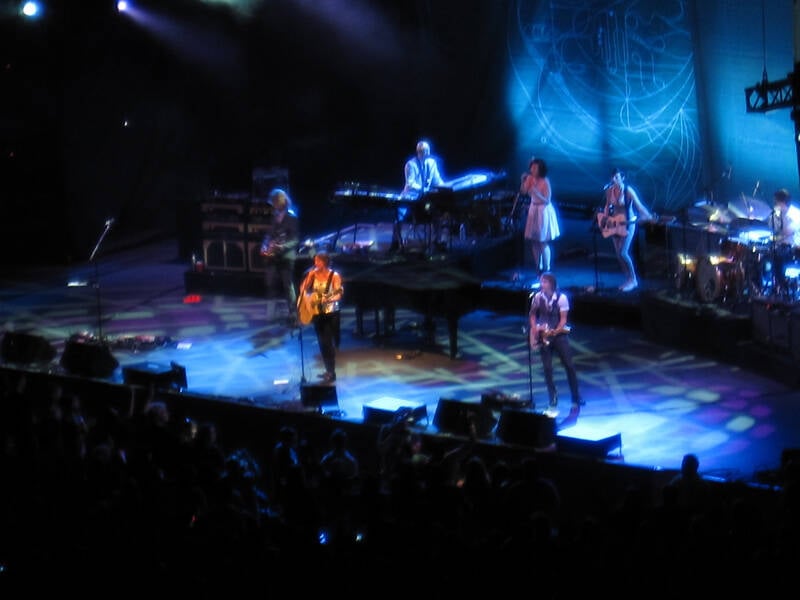
InSapphoWeTrust/Wikimedia CommonsSarah McLachlan performs at the 2010 revival of Lilith Fair.
Jessica Hopper, the author of an oral history of the festival, echoed McLachlan’s sentiments in 2022. “Some of these women were told by their agents, ‘This is going to kill your career if you do this.’ And, in fact, the opposite happened… It minted stars.”
Even decades later, audience members remember the impact Lilith Fair had on them. Ryan O’Connell, the creator of Netflix’s Special, told Vanity Fair in 2019, “I was probably 12 years old. It was really the first female-dominated place I’d ever been to… It was like one of those festivals where you could wander away as an 11-year-old and not fear getting kidnapped — like, getting adopted by a group of well-meaning lesbians?”
The festival was impactful beyond the ’90s, too. It became influential for future artists, such as the band HAIM and Brandi Carlile, who both cited the festival as an inspiration for their careers.
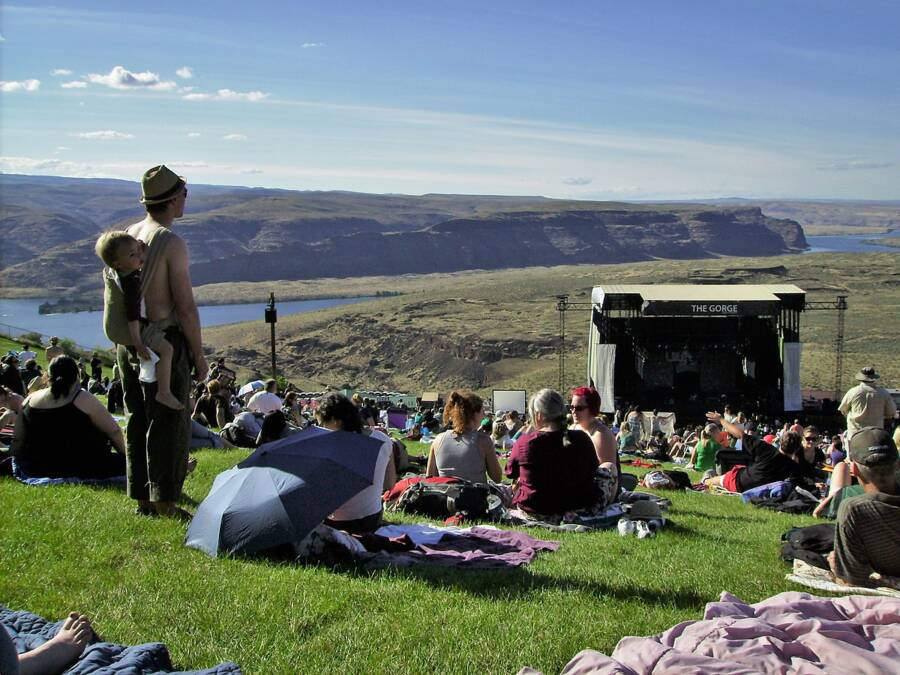
Thayne Tuason/Wikimedia CommonsLilith Fair returned to the Gorge in Washington State in 2010.
Despite the festival’s record-breaking original run, McLachlan couldn’t quite recreate the magic for its 2010 revival. McLachlan was as busy as ever, and disorganization caused some main stage artists, like Kelly Clarkson, to drop out.
Lilith Fair’s lack of success was also attributed to the changing music landscape. Artists were now primarily discovered online, and the original attendees of the first festival had a new set of priorities, such as demanding careers and children. But even with its lackluster revival, Lilith Fair is still one of the most important and influential music festivals in history.
“This is a snapshot of a huge array of what women were doing in music in this era when there was a lot of space and demand for women of all kinds to be taking risks in music,” music critic Ann Powers explained. “And Lilith Fair is almost like, ‘Here’s your compilation of every wild idea that women had in music in the ’90s.’ And I think so much of that stuff is just… forgotten.”
After reading about the revolutionary Lilith Fair, check out these iconic photos from Woodstock. Then, learn about Ma Rainey, the “Mother of the Blues.”


